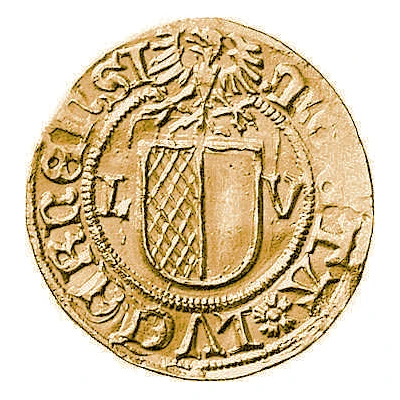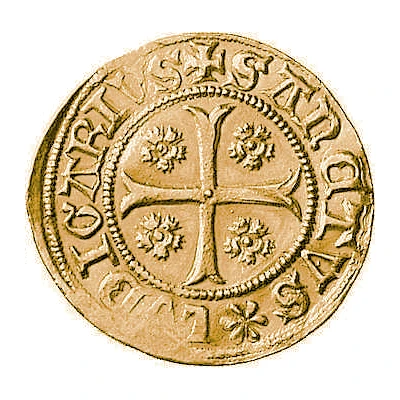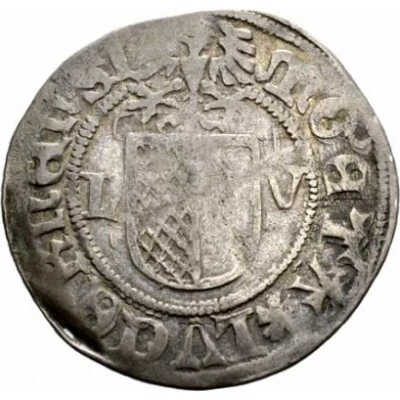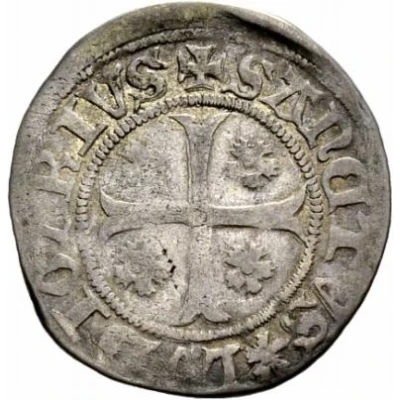


© Leu Numismatik
Batzen "Plappart-Batzen" Gold strike ND
| Silver | 7.1 g | 27 mm |
| Issuer | City of Lucerne |
|---|---|
| Period | Free imperial city (1415-1648) |
| Type | Non-circulating coin |
| Years | 1501-1550 |
| Value | 1 Batzen (⅛) |
| Currency | Thaler (1422-1550) |
| Composition | Silver |
| Weight | 7.1 g |
| Diameter | 27 mm |
| Shape | Round (irregular) |
| Demonetized | Yes |
| Updated | 2024-10-08 |
| Numista | N#288193 |
|---|---|
| Rarity index | 100% |
Reverse
Cross with split ends, with flowers in quarters. Gothic script.
Script: Latin (uncial)
Lettering: ✠ SANCTVS ✽ LVDIGARIVS
Lettering (regular font): ✠ SANCTVS ✽ LVDIGARIVS
Translation:
Sanctus Leodegarius.
Saint Leodegar.
Comment
Weight varies: 6.80 - 7.96 g [1]Between two and four pieces known [1].
References:
[1] Jürg Richter; 2016. Die Proben und Materialvarianten von Schweizer Münzen / Band 1. Die Proben und Materialvarianten der Kantonsmünzen. Gietl Verlag, Regenstauf, Germany. Page 189.
Interesting fact
The "Plappart-Batzen" coin from the City of Lucerne is a rare and unique piece, with only a few known to exist. It is considered a non-circulating coin, meaning it was not meant to be used as a regular form of currency, but rather as a collector's item or a symbol of wealth and power. The coin is made of silver and weighs 7.1 grams, which is relatively heavy for a coin of its size. Its design features a depiction of a bat on one side and a shield with the Lucerne coat of arms on the other. The coin's rarity and historical significance make it a highly sought-after collector's item among numismatists and enthusiasts of ancient currency.

